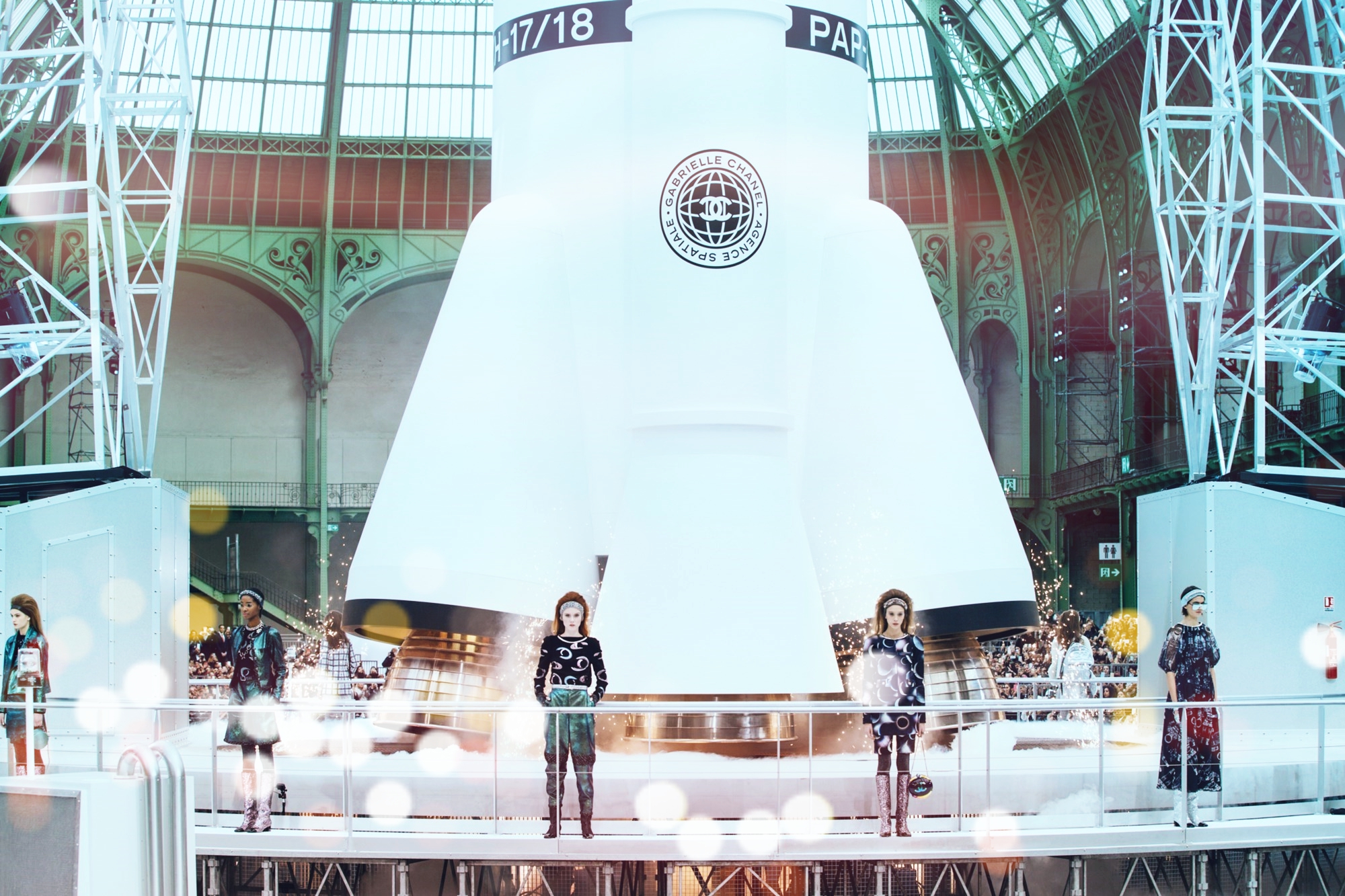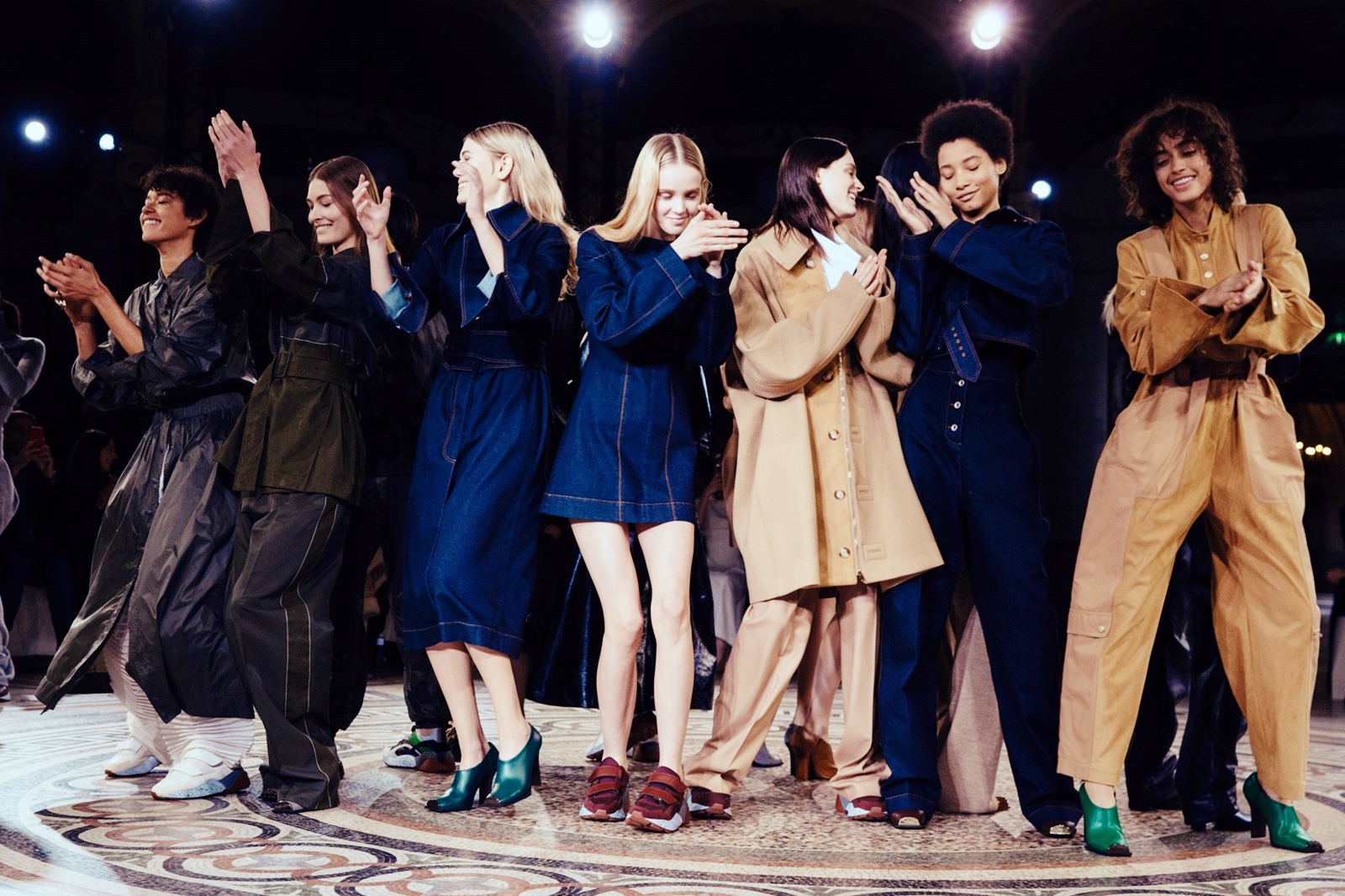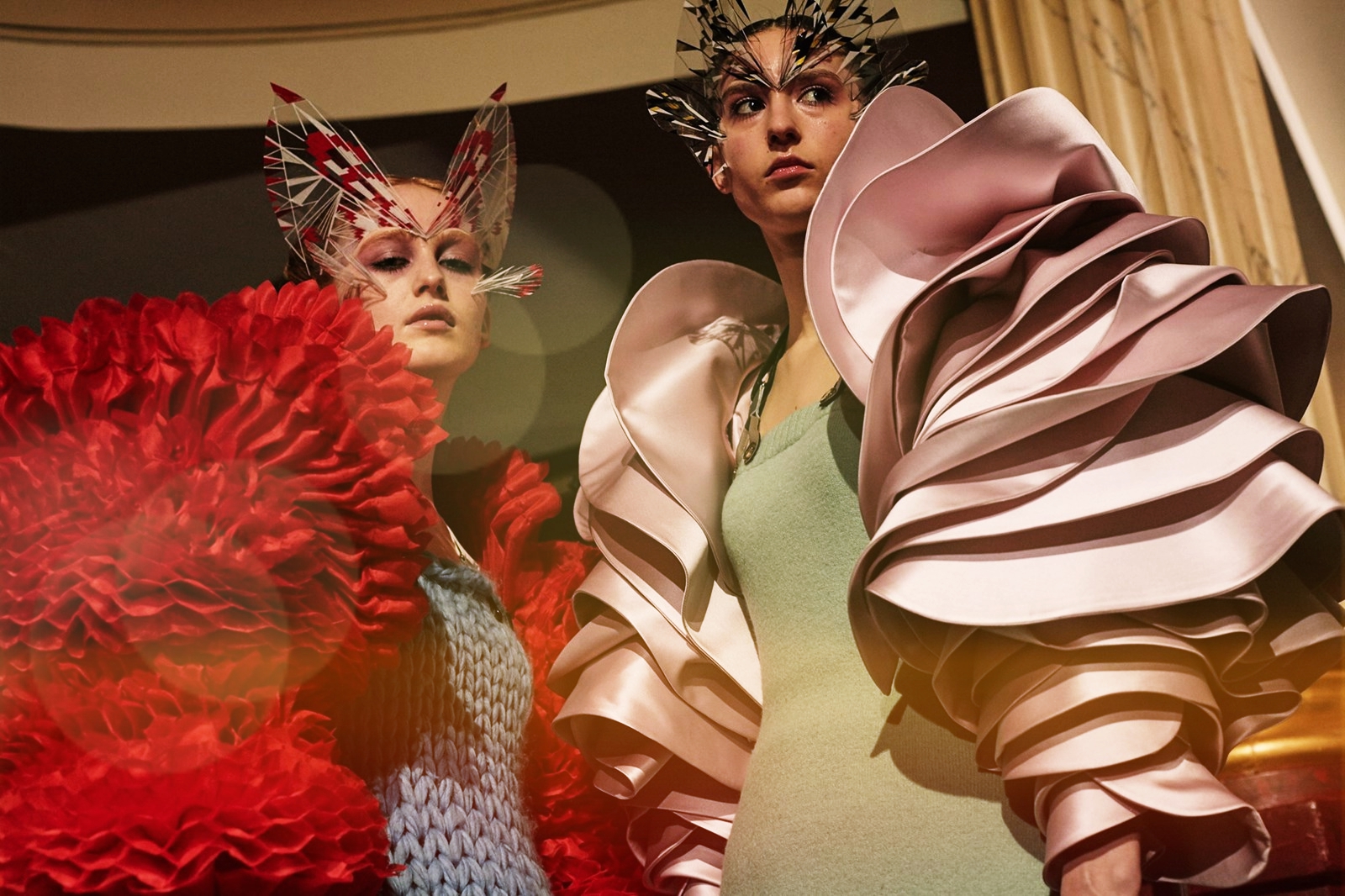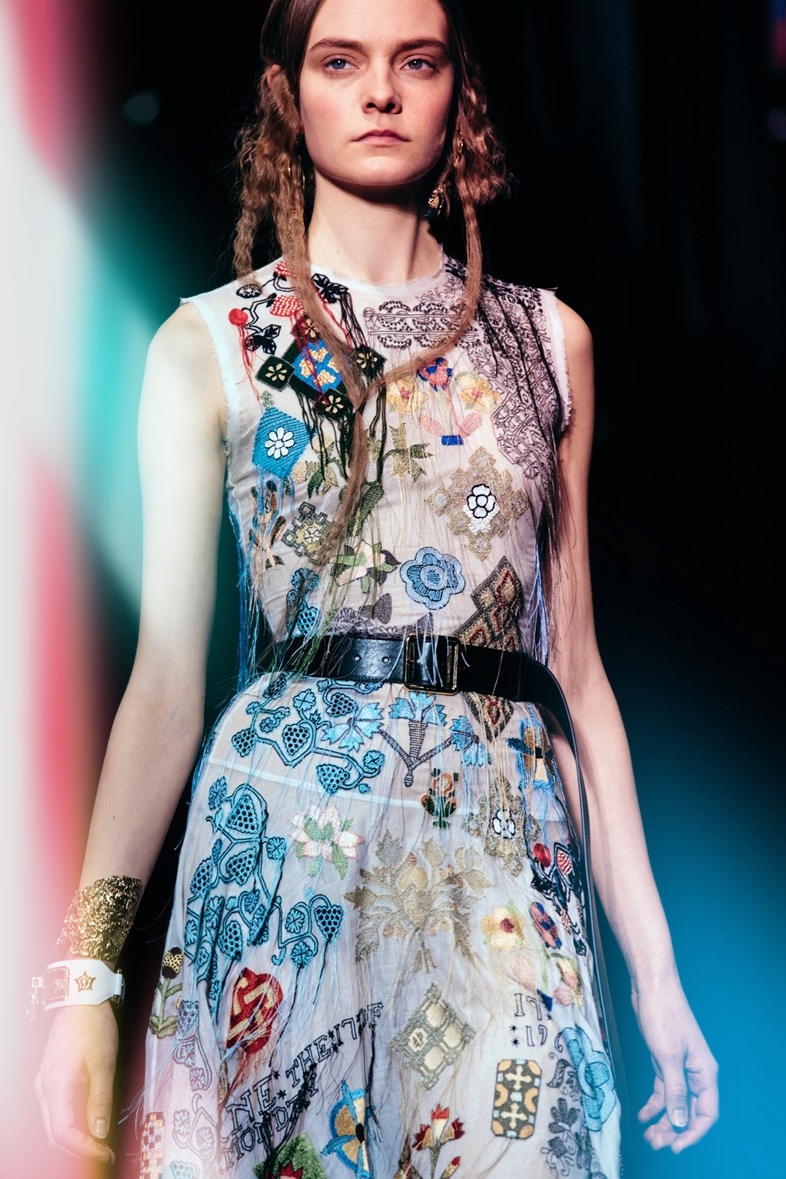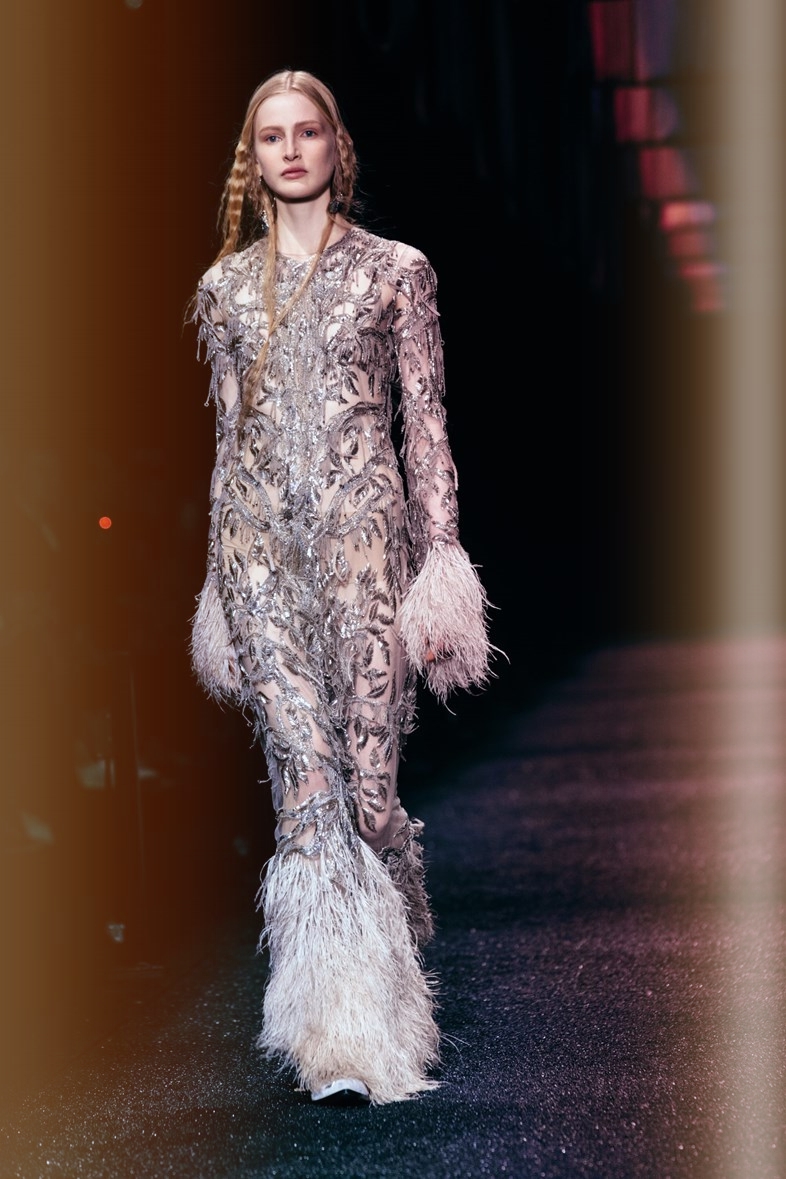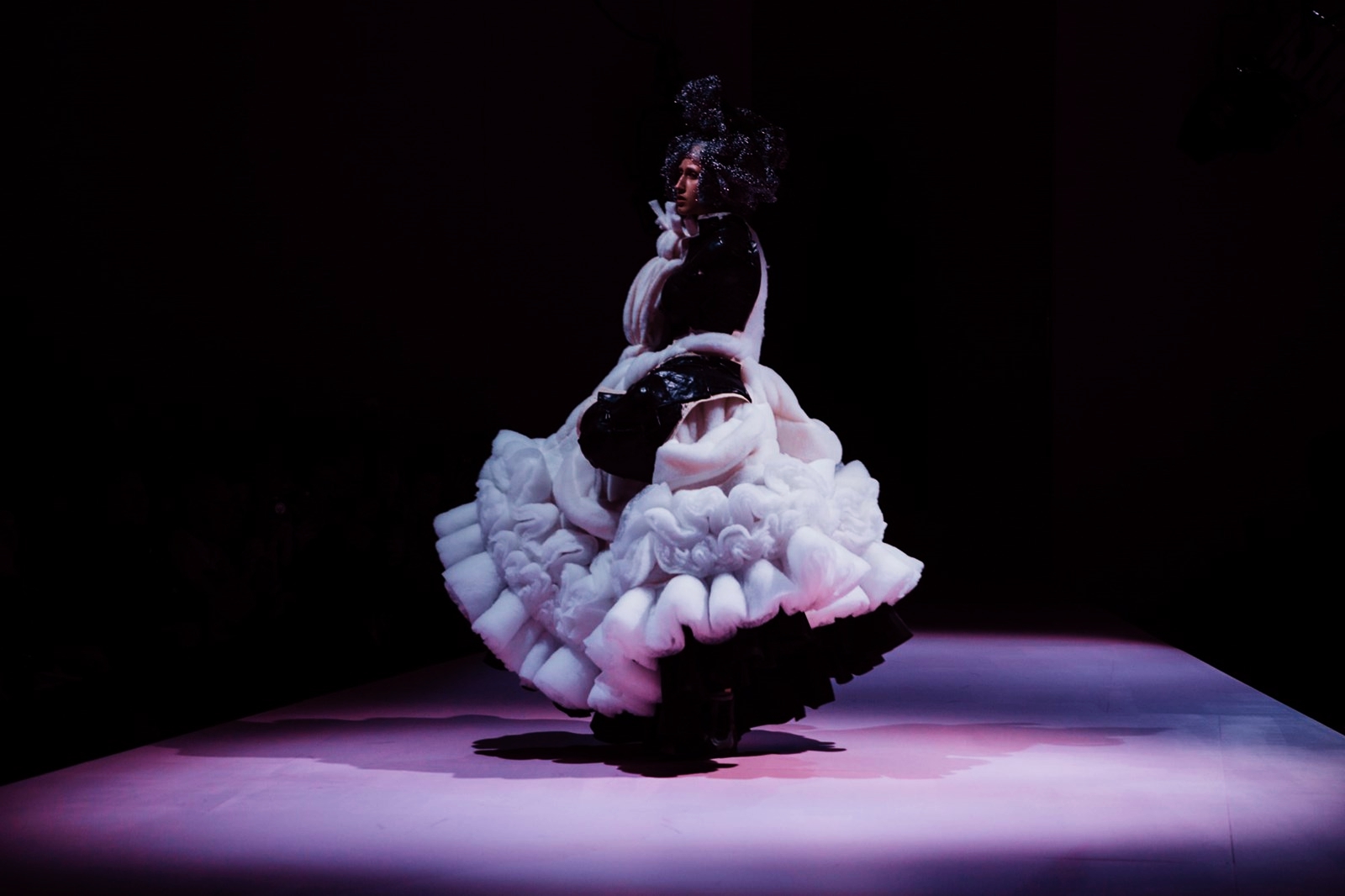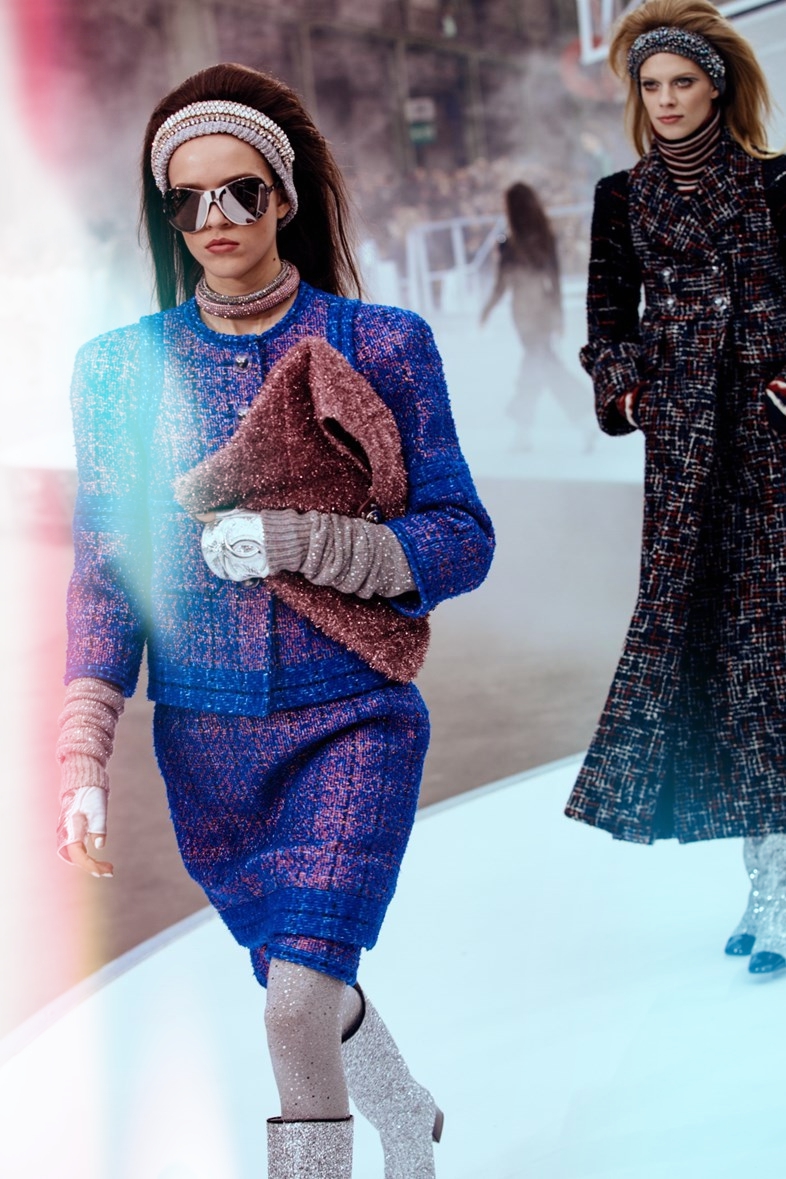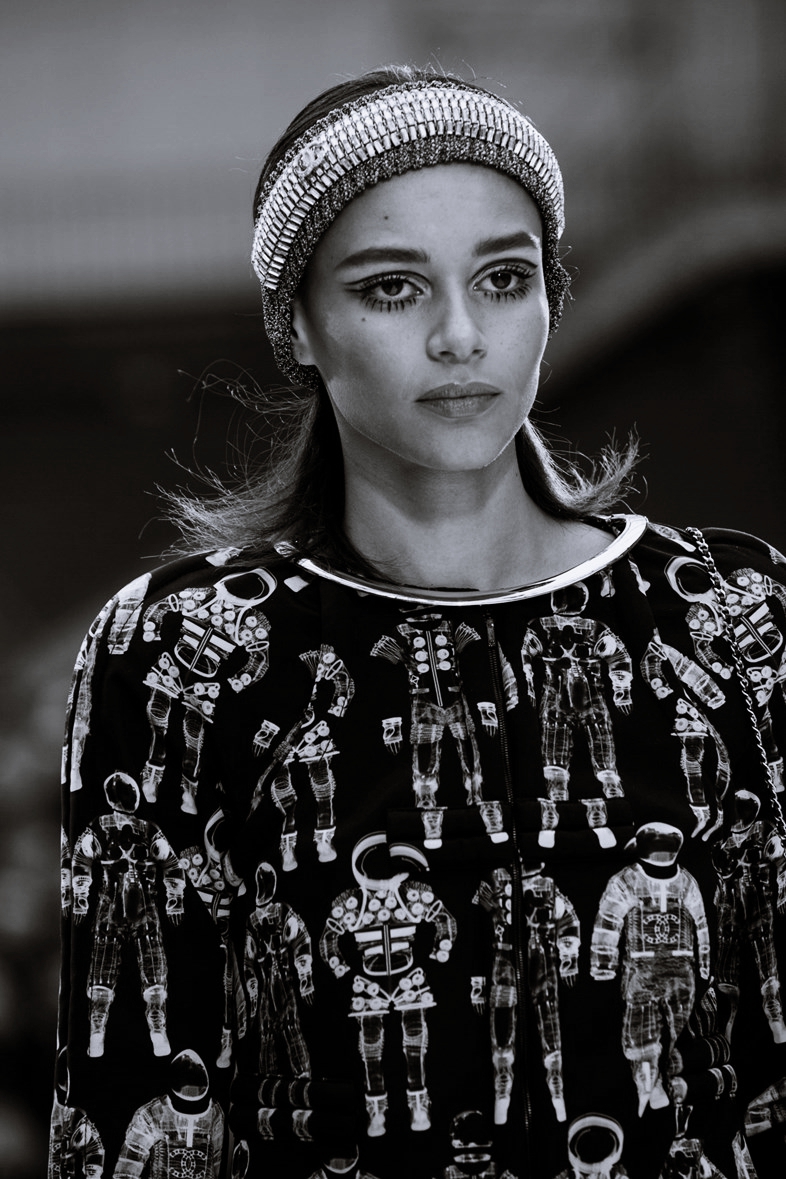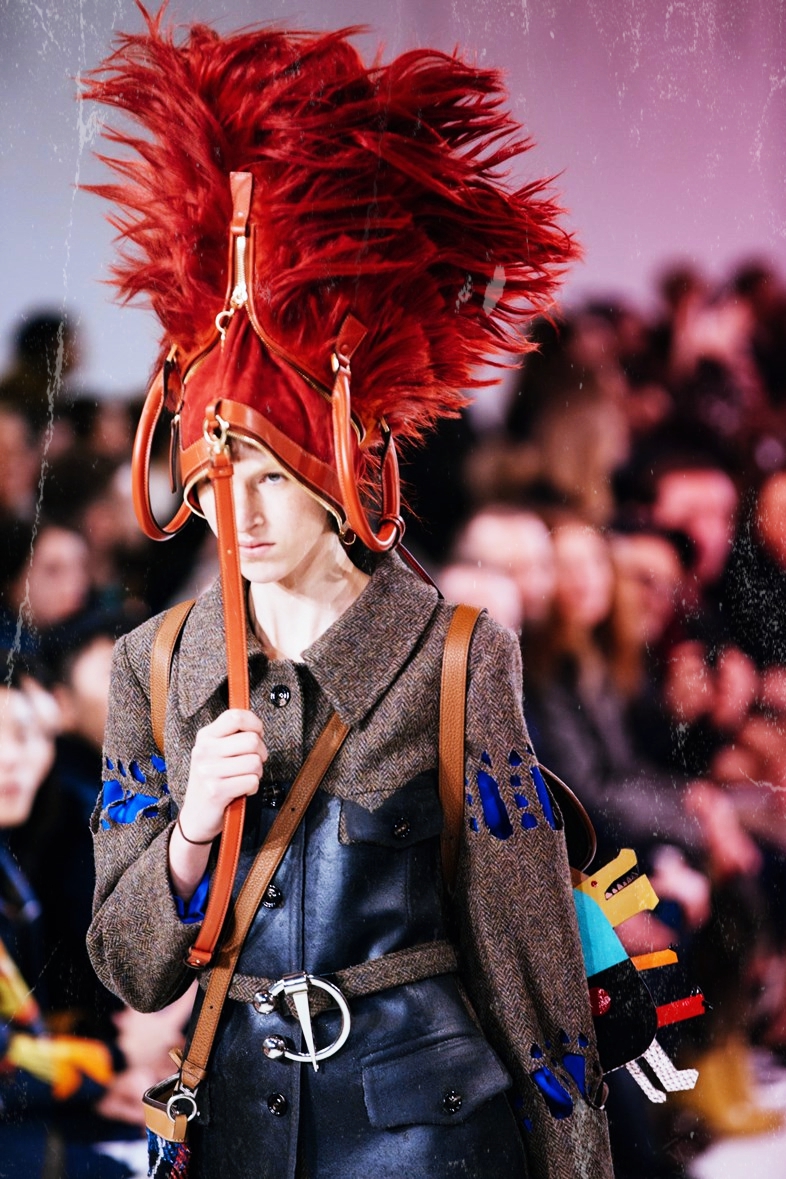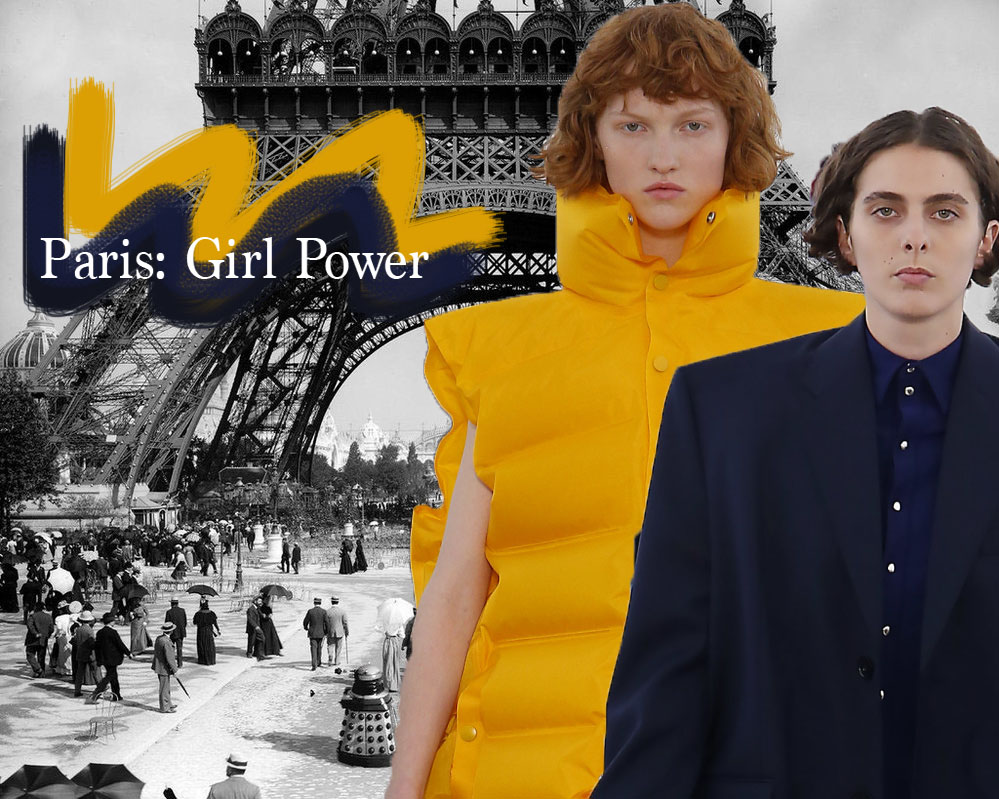[av_slideshow_full size='featured_large' stretch='' animation='slide' autoplay='false' interval='5' control_layout='av-control-default' src='' attachment='' attachment_size='' position='top left' repeat='no-repeat' attach='scroll'][av_slide_full slide_type='image' id='2582' video='' mobile_image='' video_format='' video_ratio='' title='' custom_title_size='' custom_content_size='' caption_pos='caption_right caption_right_framed caption_framed' link_apply='' link='lightbox' link_target='' button_label='' button_color='light' link1='manually,http://' link_target1='' button_label2='' button_color2='light' link2='manually,http://' link_target2='' font_color='' custom_title='' custom_content='' overlay_opacity='0.1' overlay_color='' overlay_pattern='' overlay_custom_pattern=''][/av_slide_full][/av_slideshow_full][av_one_half first min_height='' vertical_alignment='' space='' custom_margin='' margin='0px' padding='0px' border='' border_color='' radius='0px' background_color='' src='' background_position='top left' background_repeat='no-repeat'][av_textblock size='' font_color='' color='']
Hello all! Fashion Month is crazy (in the best way possible) - there are SO many shows going on, not to mention events, so much to discuss, so much of the new, it is difficult to keep up with anything without having trends and masterpieces flying by. Instead of writing up full reports immediately (for the sake of being concise and for my sanity) - fashion month by Modern Melange will kept simple. We will converse about what we saw, key pieces, what we liked, what we didn't like from our favorite shows. After fashion month is over don’t worry - we will analyze until the cows come home about absolute stand out collections and major trend recaps and the from the big 4 fashion capitals. So without further ado - my diary of 28 days from New York to Paris - unscripted, raw, unedited, pure opinion. Jotted notes from me to you!
Day 7
Michael Kors
While aesthetically pleasing, this collection would be diagnosed with slight schizophrenia with two strong contrasting forces merging together on the runway, making us wonder if this was actually a presentation of two separate collections (of course not) But seriously- on one hand you have a very minimal, strong, industrial, mechanical utilitarian vibe with monotone colors and metal embellishments and then BAM you have beautiful gowns covered in romantic poppies printed and in 3D - light, flimsy, feminine. A sharp contrast but isn't the real world full of contrast, especially in American society an area were Kors rightfully claims to be an expert in reflecting. Women have work, they are running from one appointment to another, you cant be wearing your heels and “girls who lunch” dress everyday. Daytime minimalistic 90s, nighttime A-line flower dress. A balance that is real(istic) and what women actually want and wear. Tailoring of outwear was flawless as usual and the 3D embroidery of the stitched on poppies clearly seems to be a Thing this fashion week (Oscar de la Renta - Hello!)
Proenza Schouler
A courageous collection and as always, an absolute highlight of #NYFW as these two kids really are not afraid to experiment, be bold, and create wearable art in a city which tends to put the annual bottomline above the avant-garde. The showstopper of the collection (and hands down in the top 3 of best dresses of the week) was the dress made of mesh, made of…feathers! The craftsmanship was phenomenal where a rod was attached to each quill, making an exciting take on a staple. Texture played a key role once again such as small bubbles upon a black form adding depth and form to simplicity. Shoulders were confirmed as fashion’s numero uno erogenous zone as they peeked out from tops and blouses. Bows played a secondary role although prominent, but in terms of form - it was all about the skin escalating out of the clothing. The duo referred to a banana peel and used that as a starting point for the sometimes “falling off” silhouettes. A brilliant performance and an utter success.
Boss
Jason Wu took Boss further into a new direction, away from the formal, shoulder padded, iconic corporate woman and towards the sunlight…*EUPHORIC SINGING* Wu deconstructed the renowned suit and reinterpreted it by cutting off and sometimes replacing the sleeves with sheer, lengthening hems past the thigh and basically adapting it for the modern women in and out of the office. We saw fridge on the lapels and trousers cropped at the ankle and even flowery patterns… (What? At Boss?! I know but seriously) The flamboyant female did prove a success and a lighter, breezy atmosphere but color-wise there was an obvious discrepancy. Dresses in grey patterns almost looked “unhealthy” and in need for either the sun or some vitamins compared to the popping Bauhaus colors which stood out with their delicious transparent layering.
Rodarte
Inspired by romantic poetry, the Mulleavy sisters offered a collection that was bohemian, gypsy like, of folklore fiction AND glitz, glamour, sequins, sparkle, shine. Do these two ideals work together? Maybe maybe not but it was on the runway and if it didn't quite make sense visually, it brought about real emotions and feelings. The woodsy set reminded me of a fairytale land (far far away) a la Grim brothers where animal-lingual princesses (and french maids- yes there was a french maid outift) rule and the big bag wolf is the only problem (and bad reviews and having no “likes”). The clothing looked like theatrical costume (which could be a hint to us) as the sisters will be directing their very first motion picture soon with their friend Kirtsen Dunst. Each look whether sparkling, lacy, metallic, or sheer looked fit for a role.
Delpozo
Inspiration was drawn from Gustav Klimt's couturier fiancé Emilie Flöge who was famous for introducing a fluid silhouette, rebelling against the corset and constricting forms (like our gal Coco) and this free form was evident in the many, many looks. The dresses were fresh and came in all different forms (perhaps even too many- a little edit is always welcome) but what stood out was the sculptural approach to blouses and dresses. This was innovative, but at times seemed too stiff and in a way a complete antithesis to Flöge’s cause. Known for their “prêt-à-couture” clients will fall in love with the careful embroidery and stinging pastel palette. A highlight was the crocheted organic vest and the knit poncho wrap with what looked like horse hair sprouting out from the hem. A collection perfect for every up town girl and for the preppy risk takers!
Day 6
Jeremy Scott
He is the man who designed the latest moon man for the VMA awards (you know where Kanye announced his candidacy, Miley Cyrus was an embarrassment, and the reality star officially killed the video star) and based is collection on a very fitting theme- a television obsessed society by channeling the very retro mood of the 1960s. There was big permed up hair, television screen prints, cat-eye makeup, kitten heels, and very, vey bright colors. POP! BAM! BAZING! It was typical Scott with his vision, but more professional and more adult (well last collection was based on toddler wear so that may be no surprise) but point is, it was less “avant-garde” shall we say? You could wear the clothes seamlessly (almost too much so) as the commercial aspect of the show seemed to overshadow the strong theme and design risk. I personally adored the plastic circle sequined beach coverups which is a fabulous idea and will be sure to be seen on every coast east or west. Like him or not, at the end of the day, he is the current Warhol (ok maybe Richard Hamilton) of fashion pressing pop culture to our faces and letting us have something to think about.
Thom Brown
Well I’ve never seen a creepier show before (but in a good way). The soundtrack was from “Kill Bill” a fence, a bike, and a hedge (icons of the suburban life) were stuck upon the ceiling. Models were Japanese school girls and looked as if they might haunt and kidnap you in your sleep. :( Their braids struck like knives through their bowler hats resembling horns and looked as if they too were placed upside down. Topsy turvy eesy queezy. Although perverse, the collection was very restrained and wearable with skirts at all different lengths and well tailored blazers in a range of prints from innocent (yeah right) doodles, gingham, stripes, landscapes, and grey flowers. Pretty and from a nostalgic (in my mind under)world way back when covered in a generous amount of dust - but eery. These uniforms with well structured pleats were well executed (hopefully not literally) and this collection will be on my mind, for better or for worse ( and that my friends is what makes a fantastic show)
Oscar De la renta
Peter Copping paid a tribute the fiery colorful hispanic culture of his predecessor with the use of carnations as a motif and as a color palette (they were Oscars favorite color). The motif was printed on skirts, ruffled knee length dresses, floor length gowns, and stitched onto an A-lined dress for a 3D effect, reminding me of Dolce and Gabana’s “Mama” collection with the rose. The carnation also served as a bridge to bullfighting as they were thrown into the ring at the end of the slaughter (a practice I might add - is despicable and when researching the subject and works of art inspired by it e.g Bullfighting by Francis Bacon- the color palette partially inspiring the collection- I find it baffling that an audience can receive joy and excitement from the brutal act of torture and humiliation- it is beyond words…) Copping’s color theory was mesmerizing as it captured a mood of modernity, spice, and youth and looked beautiful on elegant ball gowns and flamenco silhouette dresses.
Day 4
Victoria Beckham
!!!! I have this image in my head of the ultimate role model VB (or for those forever on Spice Girls world tour- Posh) in her design studio looking at her past seasons of formal, perfectly structured (very flattering) a bit stiff at times collections and staring them down pencil at the temple of her head, she leaning on the desk and then Freddy Mercury starts playing in the background “I want to break free!” and then she and all her staff have a Queen karaoke session having a ball. Why do I picture this? Well her collection was yes still structured and poised but fun! Adventurous! Colorful! Experimental! Kauabunga! Surfers were the main motif after all bringing the Beach Boys feel good vibe without the accapella prep-school cheesiness. We saw gingham and colorful hibiscus flowers. There were light suede ponchos and long dresses of crushed satin, with silhouettes everywhere from oversized tops and full skirts, to slinky slip dresses, slit sky high to the thigh. This collection had personality and class and it was a delight to see the VB free (as a bird).
Prabal Gurung
Prabal’s ready to wear was a homage to his homeland of Nepal which experienced the monstrous double earthquake earlier this year. The show began with a chorus of buddhist monks in traditional red tunics, setting the scene for the show. Unfortunately we wanted more. We wanted a storyline - something more from the heart. What was expected to be a heart wrenching tribute to a (through western eyes) magical, far away land, the collection showed nice long slinky dresses but where was the soul? The colors were spicy and warm like the climate and helped place Nepal into our minds visually, but making us feel was unfortunately not the case. Some dresses may have looked like monks clothes and the dresses were very, very pretty.
Day 3
Alexander Wang NY
For Wang’s 10th anniversary collection the motto rang Be in the Now! Be yourself! Reject the constant NEW! This is a very powerful and risky message when you are in the fashion business but I think he is absolutely correct about living in the moment and reinventing yourself with every given trend. Therefore instead of one trend, one girl, one look Wang presented a type of almost street style chaos on the runway with almost everything from pajama tops, army jackets, black leather bustiers, crop tops, charmeuse slips, checked shirts, denim cut offs and more… all of which we have already seen on his runways throughout the years, now morphed into one season. “There’s not a single story-line, not a single type of girl” according to the A.W.
Altuzarra
Inspiration was drawn not by a who or a what, it was a “where” taking us on a folklore, romantic, wanderlust adventure at that. Olè! The Basque region, where Josef Altuzarra’s father was from (taking it back to the roots), which is to blame for the northern Spanish beauty of the clothes and accessories. Espadrilles were transformed into high heels and hand stitched skirts and dresses added the human element. Organic crinkled linen texture, braided jute shoulder straps on skimpy linen camisole dresses, and rope frogging on navy nautical blazers and jumpsuits. He had worked hard on injecting a sense of the handmade into his textiles, with lots of pleating derived—at some distance—from folkloric costume; hand-painted prints in greens, blues, and sunrise orange; and some beautiful micro beaded embroideries on broderie anglaise at the end Curvy?
Lacoste
As per usual, Lacoste showed its urban, sporty looks today on the catwalk which already got us in the mood for Rio! Patterns included collages of different flags including of course the french, american, swiss, and more and the collection could almost be hailed as our own planet’s uniform. Silhouettes with crisp lines were smart with a youthful soul. urban. “Ultimately, it’s about peace and diversity,” said creative director Baptista and that is a message worth spreading.
Day 2
Givenchy
It was the 14th anniversary of 9/11, a tragedy for the world, but especially for New Yorkers. Therefore, I think everyone was curious how fashion would react to the day and it was Riccardo Tisci now in his 10th year at Givenchy who appropriately and genuinely paid tribute - not obvious to the actual event but the cause to why we still feel loss and why anything matters being love. Instead of going for the easy route of sportswear and urban norm core commercial pieces (expected from Givenchy’s first New York show) Tisci opted for old world glamour. The runway was paraded with delicate laces, silk slip dresses, clouds of tulle all in black and white reminding us of the bride and groom and a touch protestant a la 1600s (not that the prude Oliver Cromwell would approve - psssh what a bore!) But why else the lack of color? Love has no boundaries - it is not defined by color, sex or religion says Tisci. It is the most basic and core element of being alive and color, can be argued, is added through our own journey and experience. The collection presented at Pier 26 together with artistic director Marina Abramović was elegant and raw and proved that it is love which makes the world go round.
Rosie Assoulin
Rosie continues to make us smile and make us feel included in the sometimes ultra exclusive world of high end fashion. When a designer calls a look in bright green and Halloween-y orange “Peas and Carrots” you know the gal’s got a sense of humor and a humble approach to fashion. The main take away was the re-working of the basics. Swimsuits turned into day wear - Hey there Leandra (Medine, obviously, who helped style the show), with bikini tops over blouses and bottoms tied onto a sublime cocktail dress ( SPLASH! suitable for the drained public pool the show was held in). There were slouchy boxers creeping out of twill pants and full on pajama looks which was such a pleasure to see because it wasn't just the clothes Rosie was showing - they were ideas. Great designers change the way people dress and it is almost a given that she will continue to influence how we approach street style!
Tibi
“Kind of chilled out,” is the verdict by the designer Amy Smilovic and I’m going to have to agree. The silhouettes were loose and elongated and made reference to the heated beachside oasis’s of Malibu and Miami. The collection made a sort of U-Turn from the norm core status it has been known for as Smilovic states it has become too much of a uniform. Let’s celebrate our individuality! And side note - the Bermuda short is back (not just for the dads out there on the golf course!)
Day 1
Nicholas K
The first show of fashion month is always exciting and today it happened to be Nicholas K - the outcome of a very ambitious and talented brother sister duo who today presented a very Mad Max-esque show (à la RHW and Charlize). Dubbed Terminal Velocity, the show was full of adventure: neutral jumpsuits, parachute trenches and in one word very utilitarian. If G.I Joe had a daughter - this would be her thing. Khaki and subdued tones seemed the palette of the show and with nylon billowing like silk don't think it wasn't feminine! Inspiration drew from their father and brother who were Navy SEALS and of course this collection hits close to home.
Tome
Oh Tome, why are you always so classy and elegant and wearable? The Australian designers found inspiration from one of their own from down under, artist Fiona Hall. She was referenced by reoccurring motifs such as a can of sardines and fish scales. However if one word was to some up the show it would be RUFFLES. Oh my gosh how could we have forgotten this complete upgrade to the silhouette. Perfect for nights twirling and dancing about town and turns any blouse from business to red carpet worthy. Layering also was key as per usual at Tome, as we saw at layered men’s trench coats splattered in stripes.
Creatures of Comfort
The name continues to hit the nail on the head. Loose fitting, flowing pants and skirts and dresses moving gracefully with every step and crosses the line from comfort wear to elegant streetstyle. The key idea was a very 90s look of pairing a slip dress over a over frothy shirt and also wearing a dress over pants. Try this: it elongates and slims the silhouette, and makes any beautiful evening dress (that you wear maybe once a year) into something for the day, sure to turn heads! The color palette was organic, with a splash of color shining from a romantic sky blue- a color which has already been huge successes at Dolce and Gabbana and Gucci. Brush off those shoulders since SS will be seeing a lot of them!
Ohne Titel
If a title is needed for this season, I would offer asymmetrical. Asymmetrical were the blouses, dresses, and shirts (oh my!) and delivered in interesting shaping and a modern twist to conservative pieces. Coral reds and tangy blues made the collection feel fresh and making us already nostalgic for the summer heat.
[/av_textblock][/av_one_half][av_one_half min_height='' vertical_alignment='' space='' custom_margin='' margin='0px' padding='0px' border='' border_color='' radius='0px' background_color='' src='' background_position='top left' background_repeat='no-repeat'][av_slideshow size='no scaling' animation='slide' autoplay='false' interval='2' control_layout='av-control-minimal'][av_slide slide_type='image' id='2618' video='http://' mobile_image='' video_ratio='16:9' title='Proenza Schouler' link_apply='' link='lightbox' link_target=''][/av_slide][av_slide slide_type='image' id='2616' video='http://' mobile_image='' video_ratio='16:9' title='Delpozo' link_apply='' link='lightbox' link_target=''][/av_slide][av_slide slide_type='image' id='2615' video='http://' mobile_image='' video_ratio='16:9' title='Rodarte' link_apply='' link='lightbox' link_target=''][/av_slide][av_slide slide_type='image' id='2614' video='http://' mobile_image='' video_ratio='16:9' title='Boss by Jason Wu' link_apply='' link='lightbox' link_target=''][/av_slide][av_slide slide_type='image' id='2617' video='http://' mobile_image='' video_ratio='16:9' title='Michael Kors' link_apply='' link='lightbox' link_target=''][/av_slide][av_slide slide_type='image' id='2591' video='http://' mobile_image='' video_ratio='16:9' title='Jeremy Scott' link_apply='' link='lightbox' link_target='' video_controls='' video_mute='' video_loop='' video_autoplay=''][/av_slide][av_slide slide_type='image' id='2592' video='http://' mobile_image='' video_ratio='16:9' title='Thom Brown' link_apply='' link='lightbox' link_target='' video_controls='' video_mute='' video_loop='' video_autoplay=''][/av_slide][av_slide slide_type='image' id='2587' video='http://' mobile_image='' video_ratio='16:9' title='Oscar de la Renta' link_apply='' link='lightbox' link_target='' video_controls='' video_mute='' video_loop='' video_autoplay=''][/av_slide][av_slide slide_type='image' id='2586' video='http://' mobile_image='' video_ratio='16:9' title='Diane von Furstenberg' link_apply='' link='lightbox' link_target='' video_controls='' video_mute='' video_loop='' video_autoplay=''][/av_slide][av_slide slide_type='image' id='2588' video='http://' mobile_image='' video_ratio='16:9' title='Opening Ceremony ' link_apply='' link='lightbox' link_target='' video_controls='' video_mute='' video_loop='' video_autoplay=''][/av_slide][av_slide slide_type='image' id='2589' video='http://' mobile_image='' video_ratio='16:9' title='Carolina Herrera ' link_apply='' link='lightbox' link_target='' video_controls='' video_mute='' video_loop='' video_autoplay=''][/av_slide][av_slide slide_type='image' id='2570' video='http://' mobile_image='' video_ratio='16:9' title='Prabal Gurung' link_apply='' link='lightbox' link_target='' video_controls='' video_mute='' video_loop='' video_autoplay=''][/av_slide][av_slide slide_type='image' id='2571' video='' mobile_image='' video_ratio='' title='Victoria Beckham ' link_apply='' link='lightbox' link_target='' video_controls='' video_mute='' video_loop='' video_autoplay=''][/av_slide][av_slide slide_type='image' id='2563' video='http://' mobile_image='' video_ratio='16:9' title='Alexander Wang NY' link_apply='' link='lightbox' link_target='' video_controls='' video_mute='' video_loop='' video_autoplay=''][/av_slide][av_slide slide_type='image' id='2562' video='http://' mobile_image='' video_ratio='16:9' title='Altuzarra' link_apply='' link='lightbox' link_target='' video_controls='' video_mute='' video_loop='' video_autoplay=''][/av_slide][av_slide slide_type='image' id='2561' video='http://' mobile_image='' video_ratio='16:9' title='Givenchy ' link_apply='' link='lightbox' link_target='' video_controls='' video_mute='' video_loop='' video_autoplay=''][/av_slide][av_slide slide_type='image' id='2560' video='http://' mobile_image='' video_ratio='16:9' title='Tibi' link_apply='' link='lightbox' link_target='' video_controls='' video_mute='' video_loop='' video_autoplay=''][/av_slide][av_slide slide_type='image' id='2559' video='http://' mobile_image='' video_ratio='16:9' title='Nicholas K' link_apply='' link='lightbox' link_target='' video_controls='' video_mute='' video_loop='' video_autoplay=''][/av_slide][av_slide slide_type='image' id='2566' video='http://' mobile_image='' video_ratio='16:9' title='Tome' link_apply='' link='lightbox' link_target='' video_controls='' video_mute='' video_loop='' video_autoplay=''][/av_slide][av_slide slide_type='image' id='2556' video='http://' mobile_image='' video_ratio='16:9' title='Creatures of Comfort ' link_apply='' link='lightbox' link_target='' video_controls='' video_mute='' video_loop='' video_autoplay=''][/av_slide][av_slide slide_type='image' id='2558' video='' mobile_image='' video_ratio='' title='Lacoste' link_apply='' link='lightbox' link_target='' video_controls='' video_mute='' video_loop='' video_autoplay=''][/av_slide][av_slide slide_type='image' id='2565' video='' mobile_image='' video_ratio='' title='Rosie Assoulin' link_apply='' link='lightbox' link_target='' video_controls='' video_mute='' video_loop='' video_autoplay=''][/av_slide][/av_slideshow][/av_one_half][av_social_share title='Share this entry' style='' buttons='' share_facebook='' share_twitter='' share_pinterest='' share_gplus='' share_reddit='' share_linkedin='' share_tumblr='' share_vk='' share_mail=''][/av_social_share][av_comments_list]
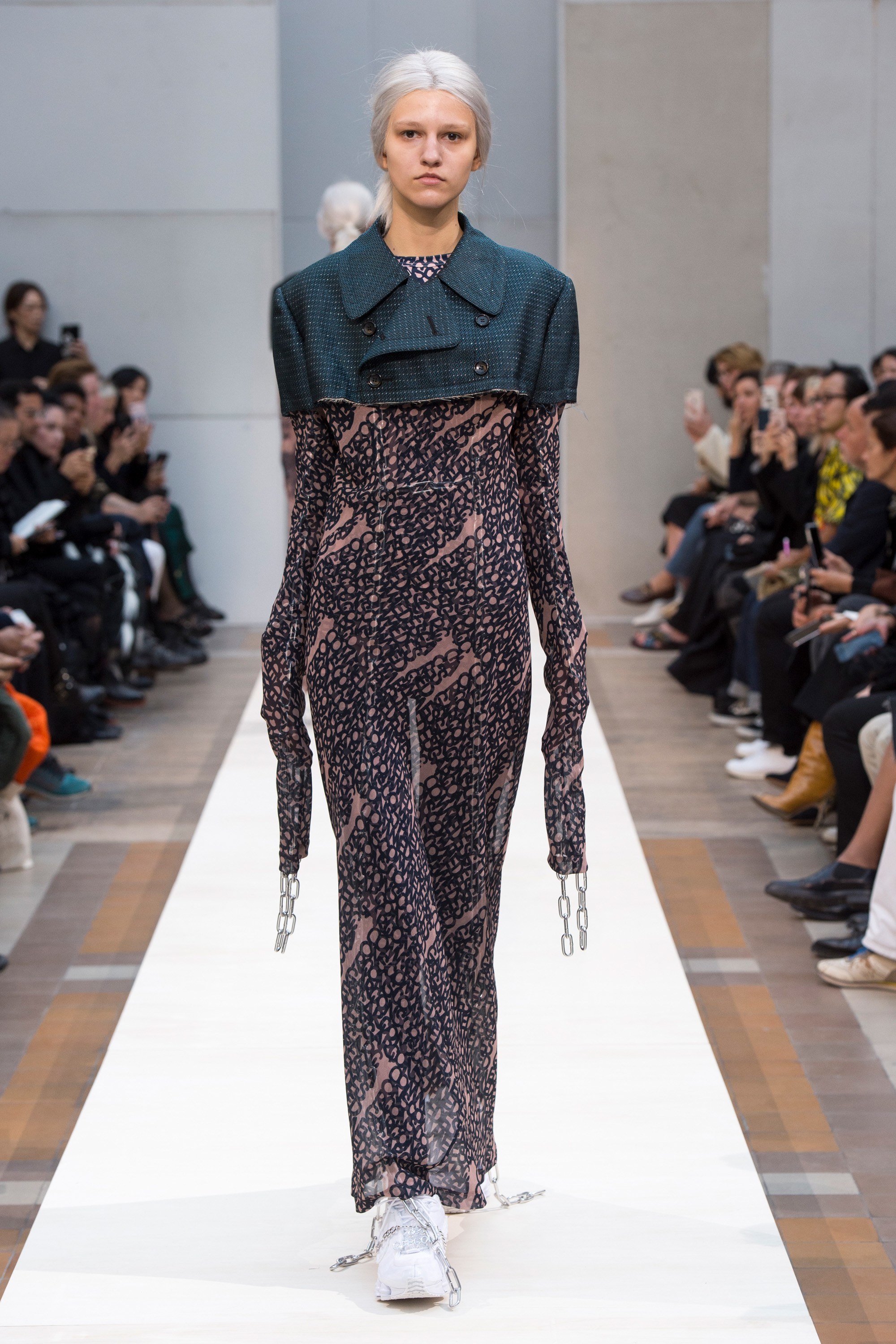
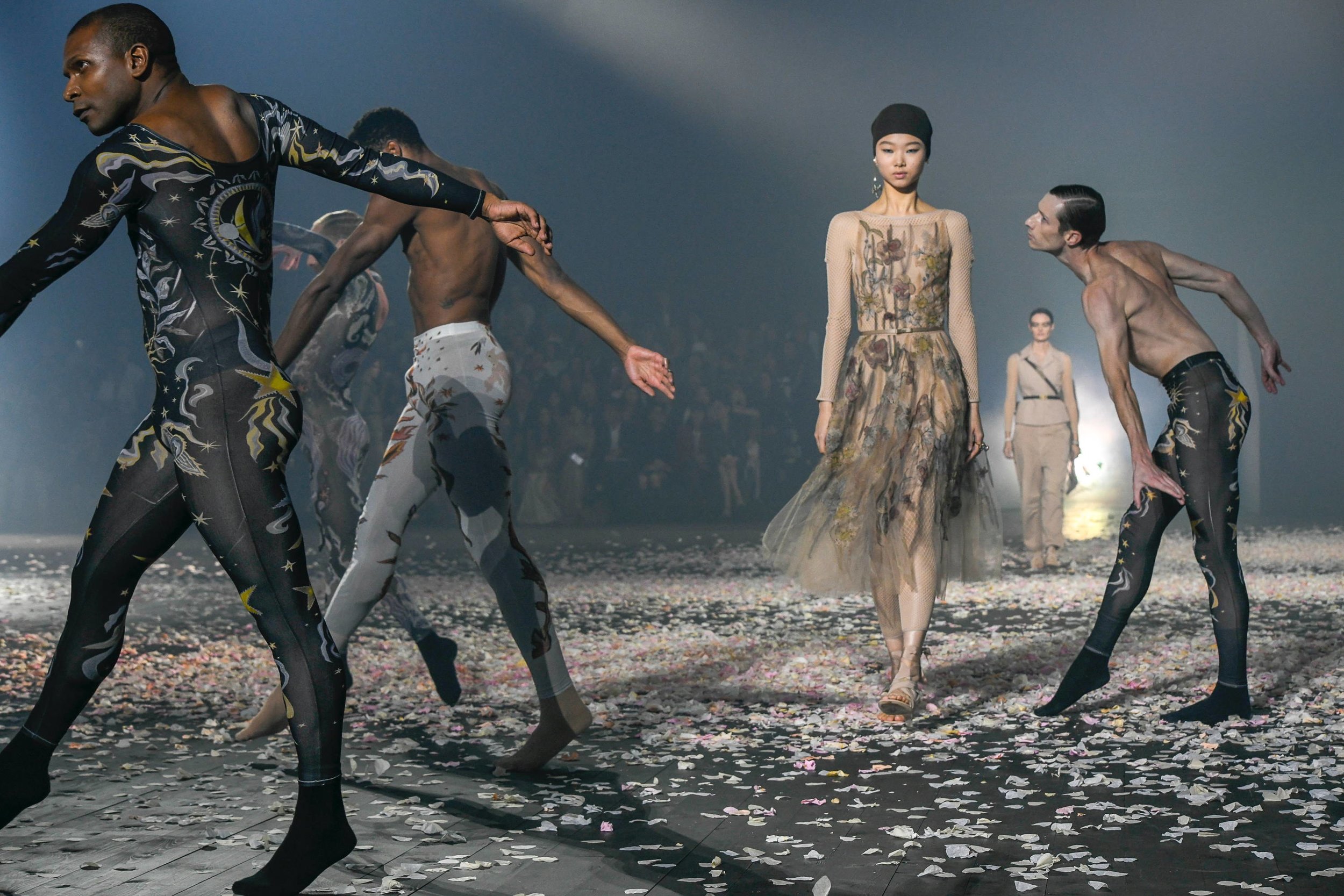
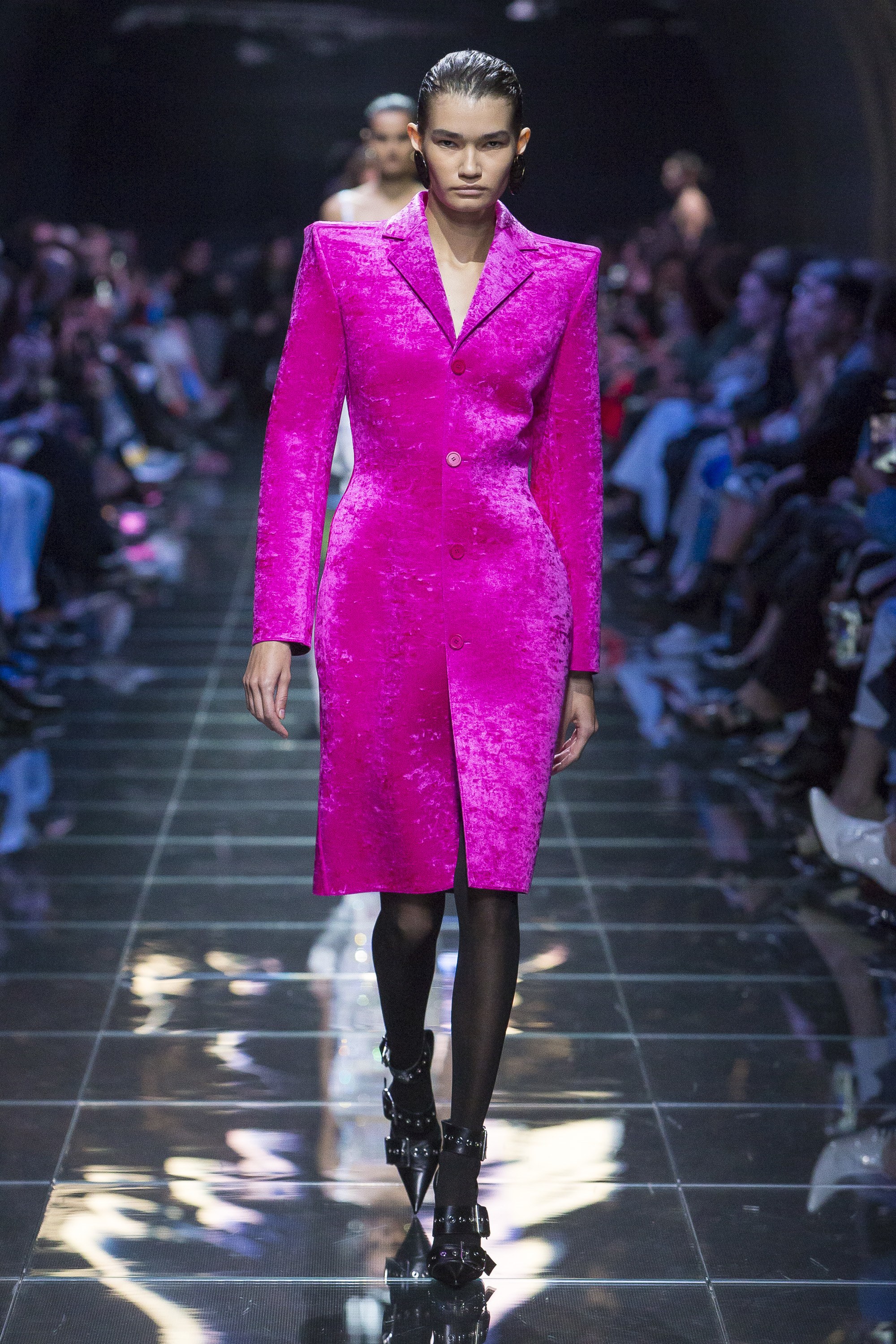
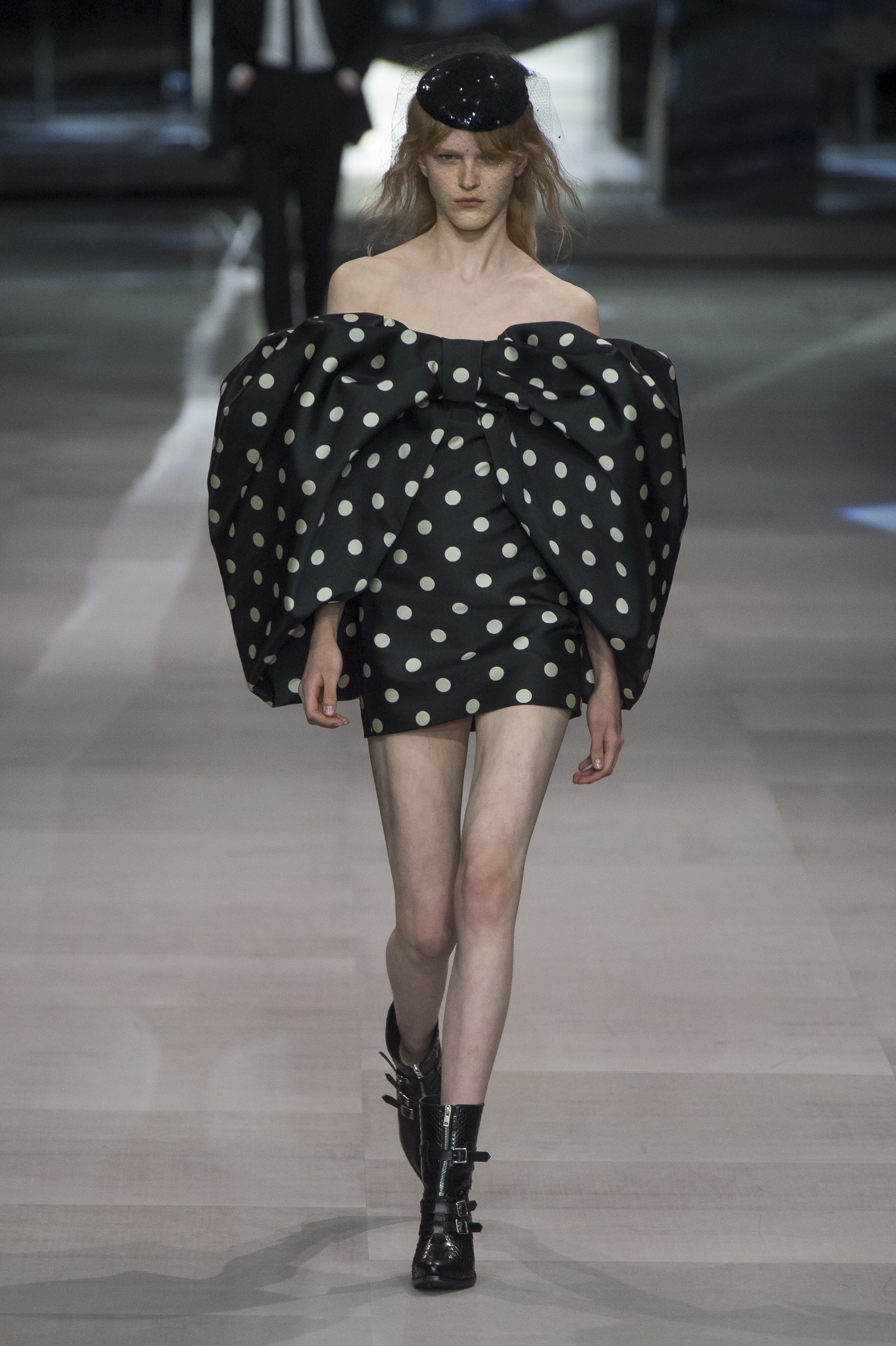

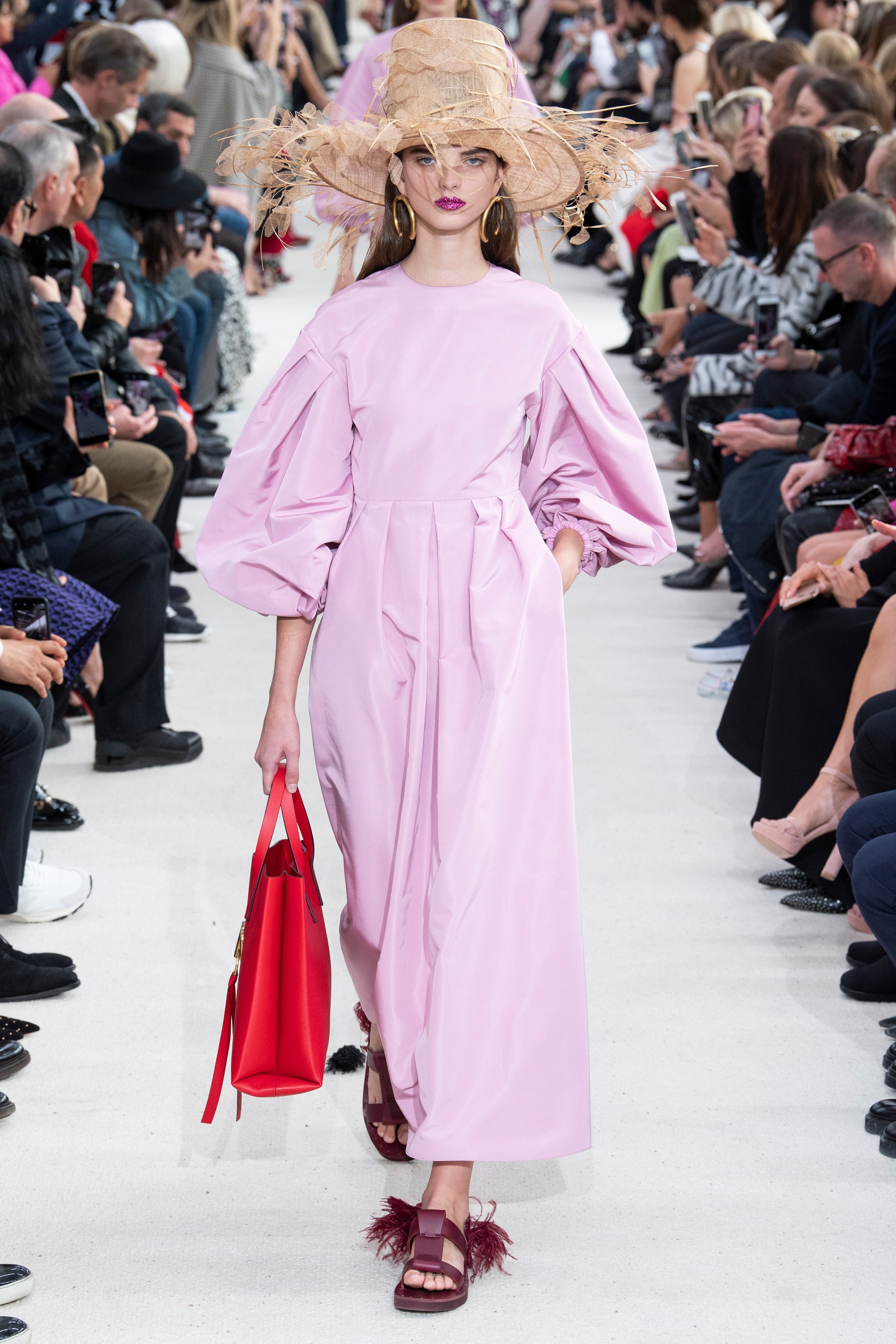
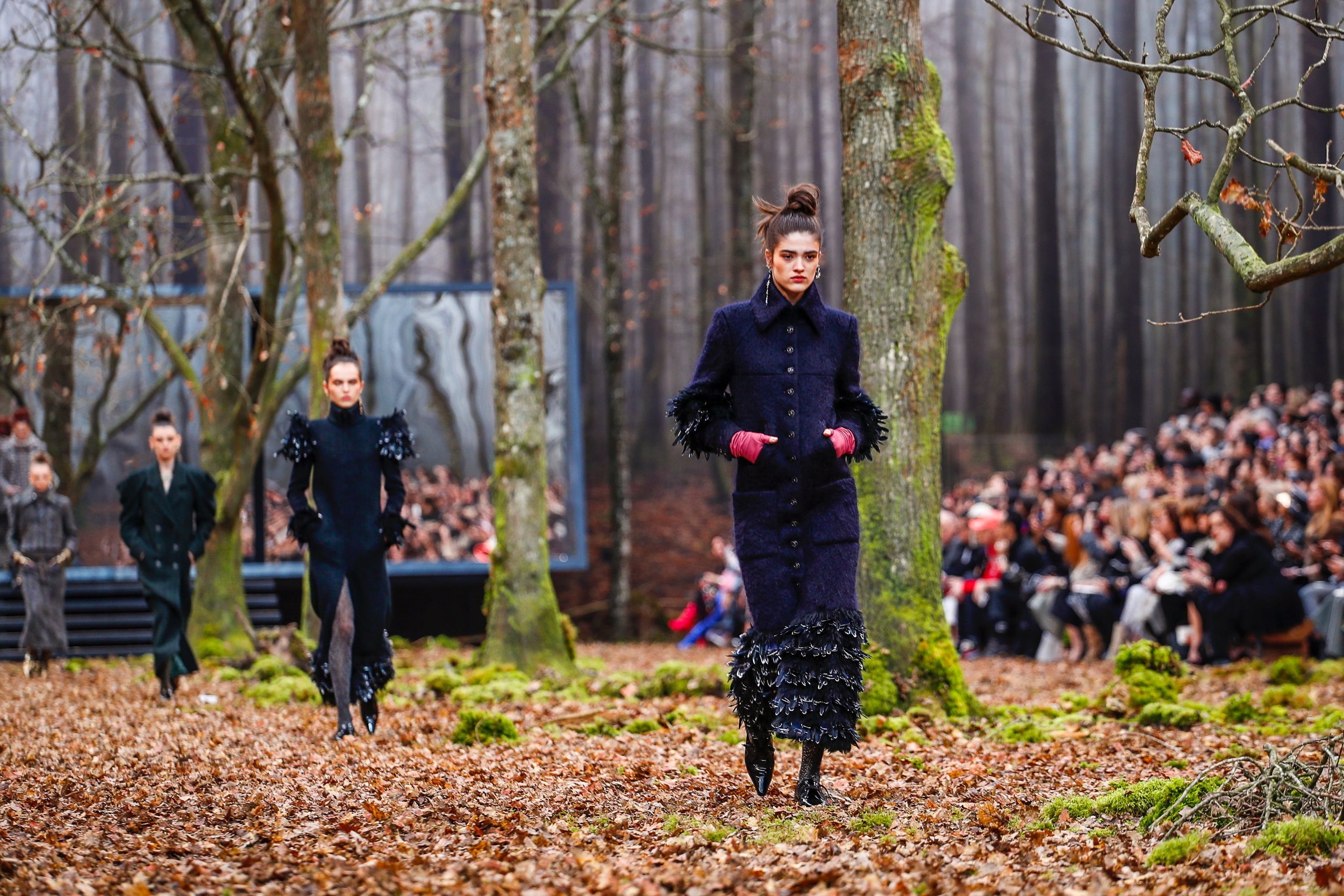 What are four weeks? In what strangely seemed to be a never ending marathon and equally the blink of an eye, we saw triumphs at the Winter Olympics in Pyeongchang, spectacular losses on the stock exchange, The Shape of Water win best picture at the Oscar’s, widespread protests in Italy, the brink of a head scratching trade war, yet another crushing school shooting in the US. And amongst it all? Hundreds upon hundreds of collections presented in four countries, with both green and seasoned creators offering their own visions for the autumn season.Does fashion “month” today seem so long because we have been re-wired for information immediacy all at a casual swipe? Is it the never-ending product pushing, which seems out of touch with our shift towards sustainability? Is it the fact that our jobs in fashion reporting never end thanks to an always online audience?Whatever it may be - the final stop on the fashion calendar makes all of the travel and the sleepless nights worth it. The magic of Paris remains and as expected, provided the greatest substance due to thought provoking, rich collections. Although most designers opted to play it “safe”, within such a turbulent climate sticking to tried and tested codes was a winning recipe.
What are four weeks? In what strangely seemed to be a never ending marathon and equally the blink of an eye, we saw triumphs at the Winter Olympics in Pyeongchang, spectacular losses on the stock exchange, The Shape of Water win best picture at the Oscar’s, widespread protests in Italy, the brink of a head scratching trade war, yet another crushing school shooting in the US. And amongst it all? Hundreds upon hundreds of collections presented in four countries, with both green and seasoned creators offering their own visions for the autumn season.Does fashion “month” today seem so long because we have been re-wired for information immediacy all at a casual swipe? Is it the never-ending product pushing, which seems out of touch with our shift towards sustainability? Is it the fact that our jobs in fashion reporting never end thanks to an always online audience?Whatever it may be - the final stop on the fashion calendar makes all of the travel and the sleepless nights worth it. The magic of Paris remains and as expected, provided the greatest substance due to thought provoking, rich collections. Although most designers opted to play it “safe”, within such a turbulent climate sticking to tried and tested codes was a winning recipe. The overarching aesthetic of the Paris collections drew from various interpretations of what it means to be a strong woman today. Less successful designers addressed the current movement of Me Too with predictable masculine symbolism while frontrunners approached female power with honest softness. The poetic romanticism of Pierpaolo Piccioli at Valentino was assertive - not aggressive- and proved that flowers and elegant layering too can sustain power.
The overarching aesthetic of the Paris collections drew from various interpretations of what it means to be a strong woman today. Less successful designers addressed the current movement of Me Too with predictable masculine symbolism while frontrunners approached female power with honest softness. The poetic romanticism of Pierpaolo Piccioli at Valentino was assertive - not aggressive- and proved that flowers and elegant layering too can sustain power.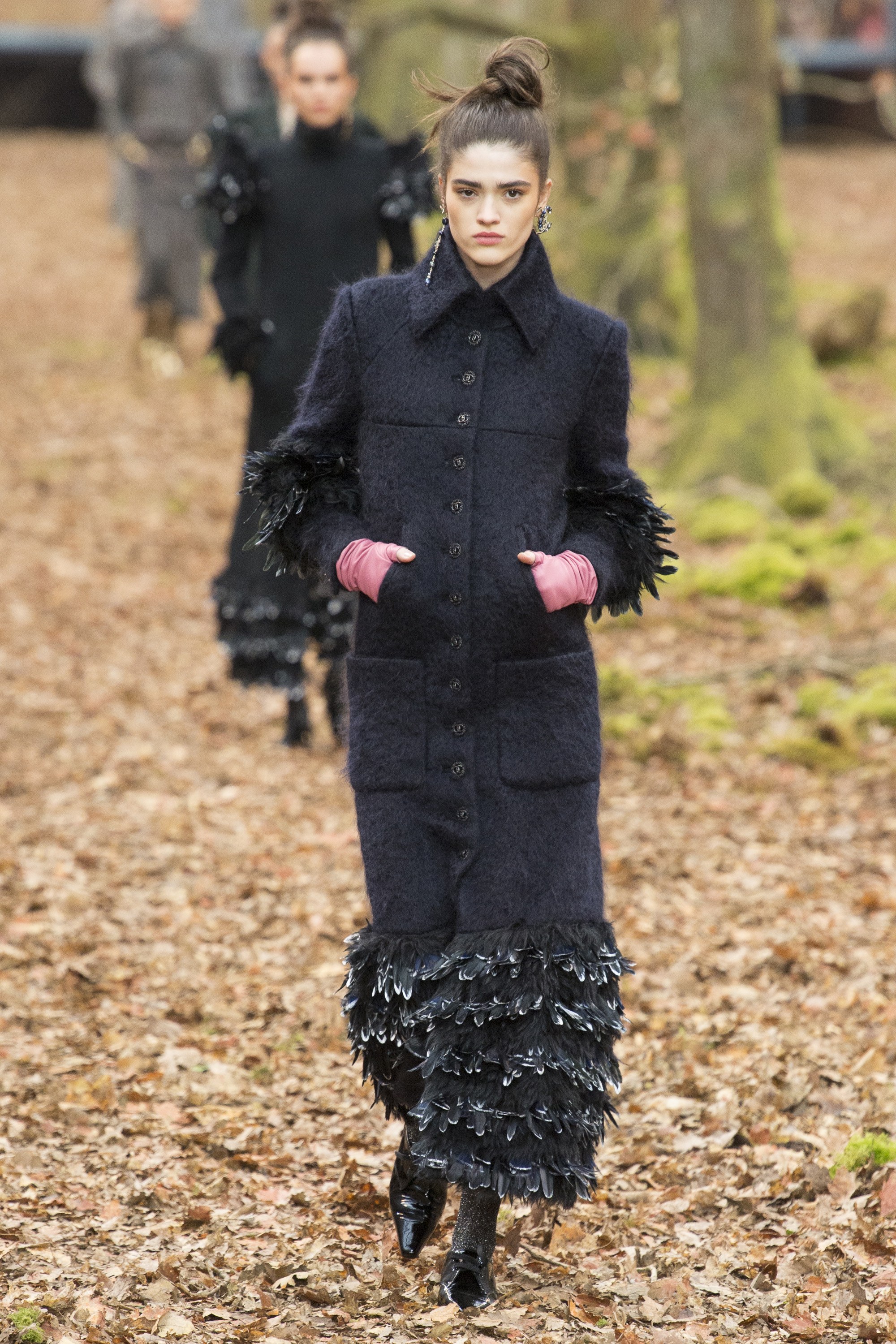 Another fine show of feminine strength was Chanel’s “Leave me alone” collection, set in the Grand Palais which was transformed into an autumnal park complete with live Oak trees. The fallen leaves crunched beneath the women who determinedly marched through the woods. Seemingly on their way to a destination, alone and unbothered, they dazzled in long Edwardian silhouettes painted in muted shades, save for intermittent punches of colour usually in form of leather evening gloves, which conjured up an image of 1980’s movie star glamour. Chanel - and other brands such as Loewe - also offered a practical hands-free solution in storing important tokens in form of fanny packs or clothing with deep pockets. (Today, one can’t be bogged down by heavy handbags!)While the focus on feminine strength played a critical role across all fashion weeks, what was so impressive with Paris was how this was exhibited through the design teams themselves.
Another fine show of feminine strength was Chanel’s “Leave me alone” collection, set in the Grand Palais which was transformed into an autumnal park complete with live Oak trees. The fallen leaves crunched beneath the women who determinedly marched through the woods. Seemingly on their way to a destination, alone and unbothered, they dazzled in long Edwardian silhouettes painted in muted shades, save for intermittent punches of colour usually in form of leather evening gloves, which conjured up an image of 1980’s movie star glamour. Chanel - and other brands such as Loewe - also offered a practical hands-free solution in storing important tokens in form of fanny packs or clothing with deep pockets. (Today, one can’t be bogged down by heavy handbags!)While the focus on feminine strength played a critical role across all fashion weeks, what was so impressive with Paris was how this was exhibited through the design teams themselves.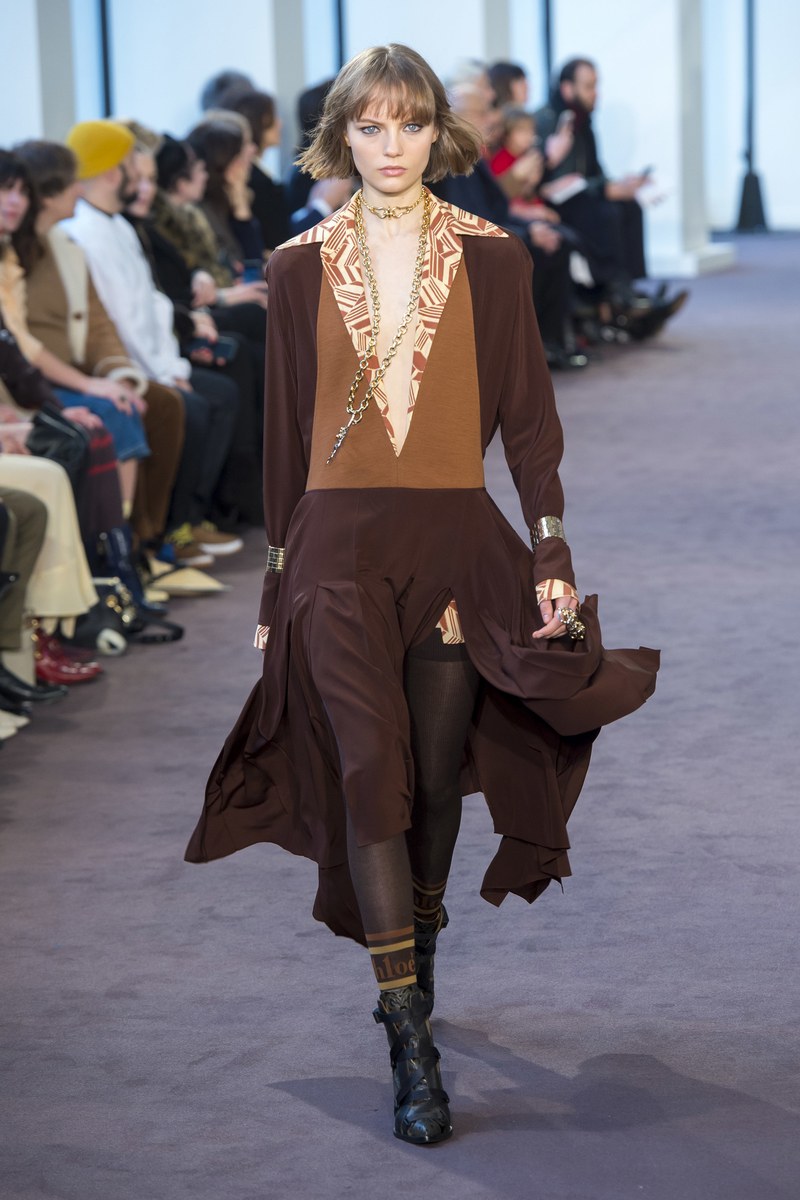 Natacha Ramsay-Levi continued to impress with her sophomore collection at Chloé, celebrating an effortlessly cool bourgeoisie look. There was Sarah Burton at McQueen who exhibited a “soft armour for women” with everything from female tuxedos to Oscar worthy gowns. Maria Grazia Chiuri, her strongest collection yet at Dior, paid homage to the 50th anniversary of the Paris student protests of 1968 through crafty patchworks and embroidery. Clare Waight Keller at Givenchy presented an outstanding collection, basing it on an examination of the Berlin club scene. Through an intelligent mix of modern “sleazy” furs (faux!), bold shoulders and cinched waists, she has successfully managed to stay true to Hubert de Givenchy’s legend and has built upon the tough, raw sexiness left by Riccardo Tisci.
Natacha Ramsay-Levi continued to impress with her sophomore collection at Chloé, celebrating an effortlessly cool bourgeoisie look. There was Sarah Burton at McQueen who exhibited a “soft armour for women” with everything from female tuxedos to Oscar worthy gowns. Maria Grazia Chiuri, her strongest collection yet at Dior, paid homage to the 50th anniversary of the Paris student protests of 1968 through crafty patchworks and embroidery. Clare Waight Keller at Givenchy presented an outstanding collection, basing it on an examination of the Berlin club scene. Through an intelligent mix of modern “sleazy” furs (faux!), bold shoulders and cinched waists, she has successfully managed to stay true to Hubert de Givenchy’s legend and has built upon the tough, raw sexiness left by Riccardo Tisci.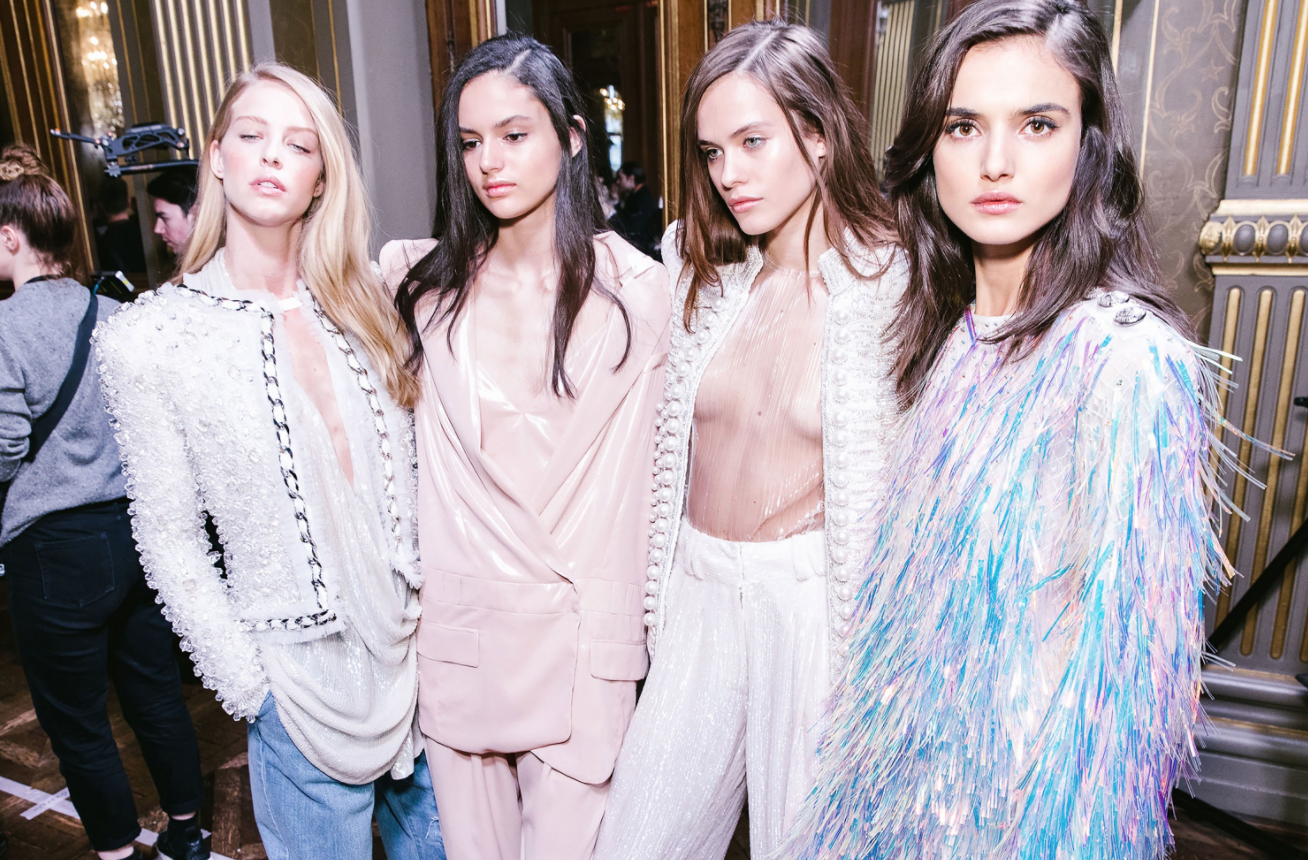 In terms of dominating trends, it is all about futuristic metallics, bursts of neon and an oversized silhouette. Time’s Up in staying silent and conforming - time to be seen! Heard! Respected! Most obvious in a futurist narrative was Olivier Rousteing at Balmain who envisioned a collection for 2050 which meant metallic-finishes, sequinned trenches, and black PVC which twinkled prismatic colour once in the light. Neon fringed boucle and holographic raffia-fringed dresses also reinforced this light-reflecting effect. As most of the fashion audience today seems to live stream fashion shows, Rousteing capitalised on the opportunity to announce his newly launched filter on Snapchat. Presenting a collection that would take advantage of this new filter only makes sense.Paris fashion week and by extension Milan, London and New York inspired a call for action. Most successful in making this point was no doubt Undercover - the show of the week - if not the season. Jun Takahashi presented an extraordinary collection best described as an exploration of the teenage American psyche as idealised by the Japanese outsider. 15 year old Sadie Sink, who played Max in Season 2 of Stranger Things, opened the show in a red tracksuit and glittery beanie and Nike sneaks. Following looks resonated with what real kids would wear today, making their way from homeroom to AP English - a selection of Varsity jackets, polo shirts, striped blazers, destroyed denim. Messages of Total Youth, Unbroken Innocence, Be Aggressive Passive…Aggressive were featured on the clothes.
In terms of dominating trends, it is all about futuristic metallics, bursts of neon and an oversized silhouette. Time’s Up in staying silent and conforming - time to be seen! Heard! Respected! Most obvious in a futurist narrative was Olivier Rousteing at Balmain who envisioned a collection for 2050 which meant metallic-finishes, sequinned trenches, and black PVC which twinkled prismatic colour once in the light. Neon fringed boucle and holographic raffia-fringed dresses also reinforced this light-reflecting effect. As most of the fashion audience today seems to live stream fashion shows, Rousteing capitalised on the opportunity to announce his newly launched filter on Snapchat. Presenting a collection that would take advantage of this new filter only makes sense.Paris fashion week and by extension Milan, London and New York inspired a call for action. Most successful in making this point was no doubt Undercover - the show of the week - if not the season. Jun Takahashi presented an extraordinary collection best described as an exploration of the teenage American psyche as idealised by the Japanese outsider. 15 year old Sadie Sink, who played Max in Season 2 of Stranger Things, opened the show in a red tracksuit and glittery beanie and Nike sneaks. Following looks resonated with what real kids would wear today, making their way from homeroom to AP English - a selection of Varsity jackets, polo shirts, striped blazers, destroyed denim. Messages of Total Youth, Unbroken Innocence, Be Aggressive Passive…Aggressive were featured on the clothes.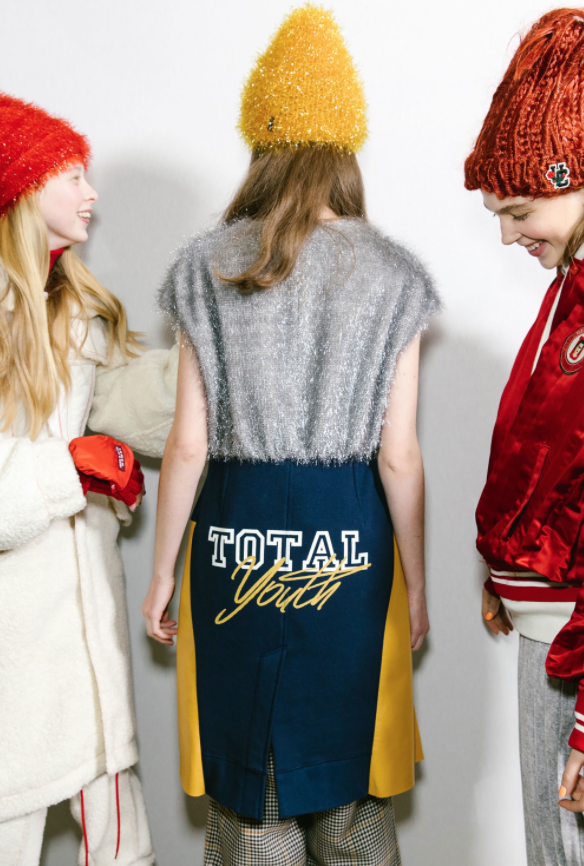 Of course Takahashi had planned his collection long before the school shooting at Marjory Stoneman Douglas High School. However, due to the timing, and how these young girls marched together to the sound of David Bowie’s “Heroes” all wearing a uniform of parkas and rain boots branded We Are Infinite, it was an incredibly emotional ode to this young generation who has come together collectively taking a stand against gun violence and their - no, our* futures.Remember, physical clothing is only a singular element in fashion - this season reminded us that in a sea of product, it is the intangible message which transcends and which counts at the end of the day.And at a very long month.
Of course Takahashi had planned his collection long before the school shooting at Marjory Stoneman Douglas High School. However, due to the timing, and how these young girls marched together to the sound of David Bowie’s “Heroes” all wearing a uniform of parkas and rain boots branded We Are Infinite, it was an incredibly emotional ode to this young generation who has come together collectively taking a stand against gun violence and their - no, our* futures.Remember, physical clothing is only a singular element in fashion - this season reminded us that in a sea of product, it is the intangible message which transcends and which counts at the end of the day.And at a very long month. 
